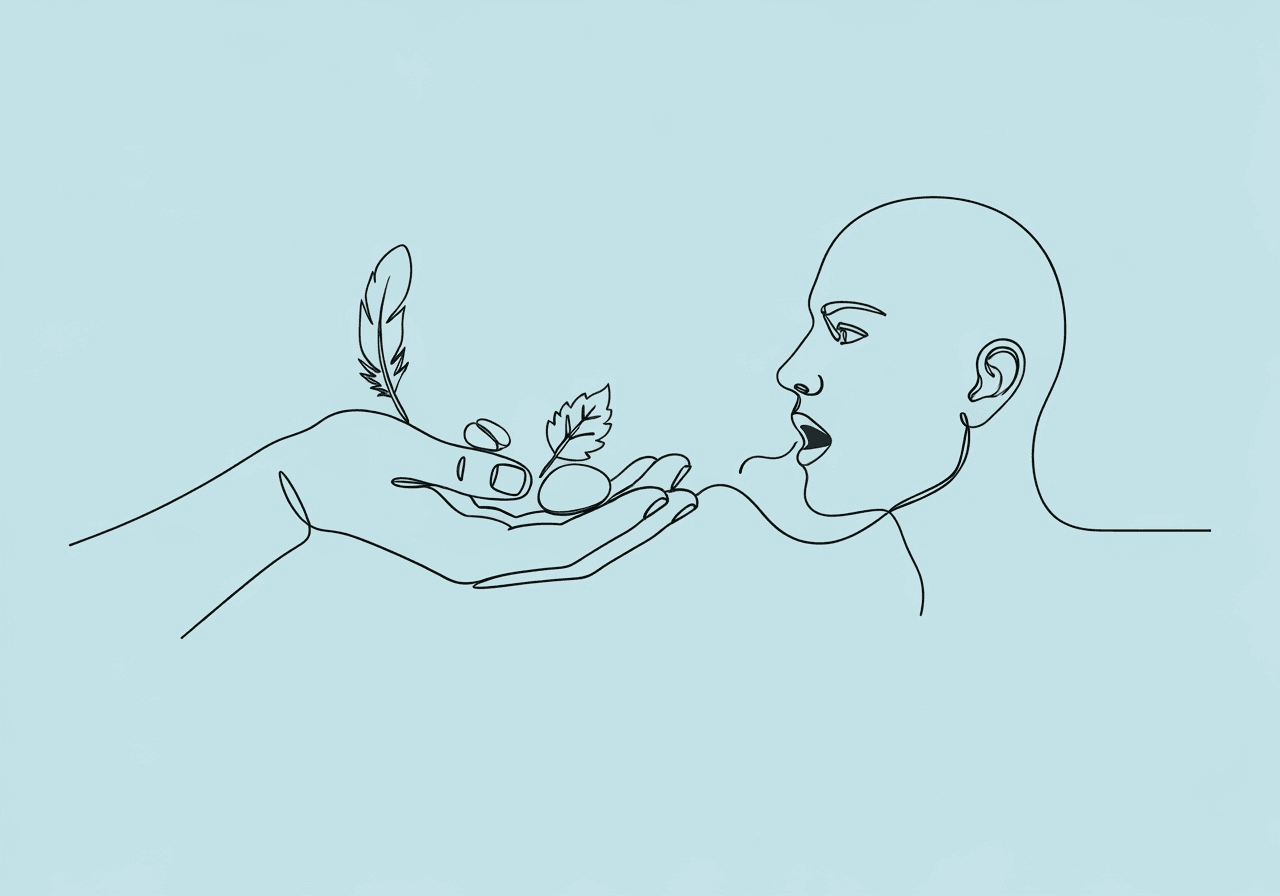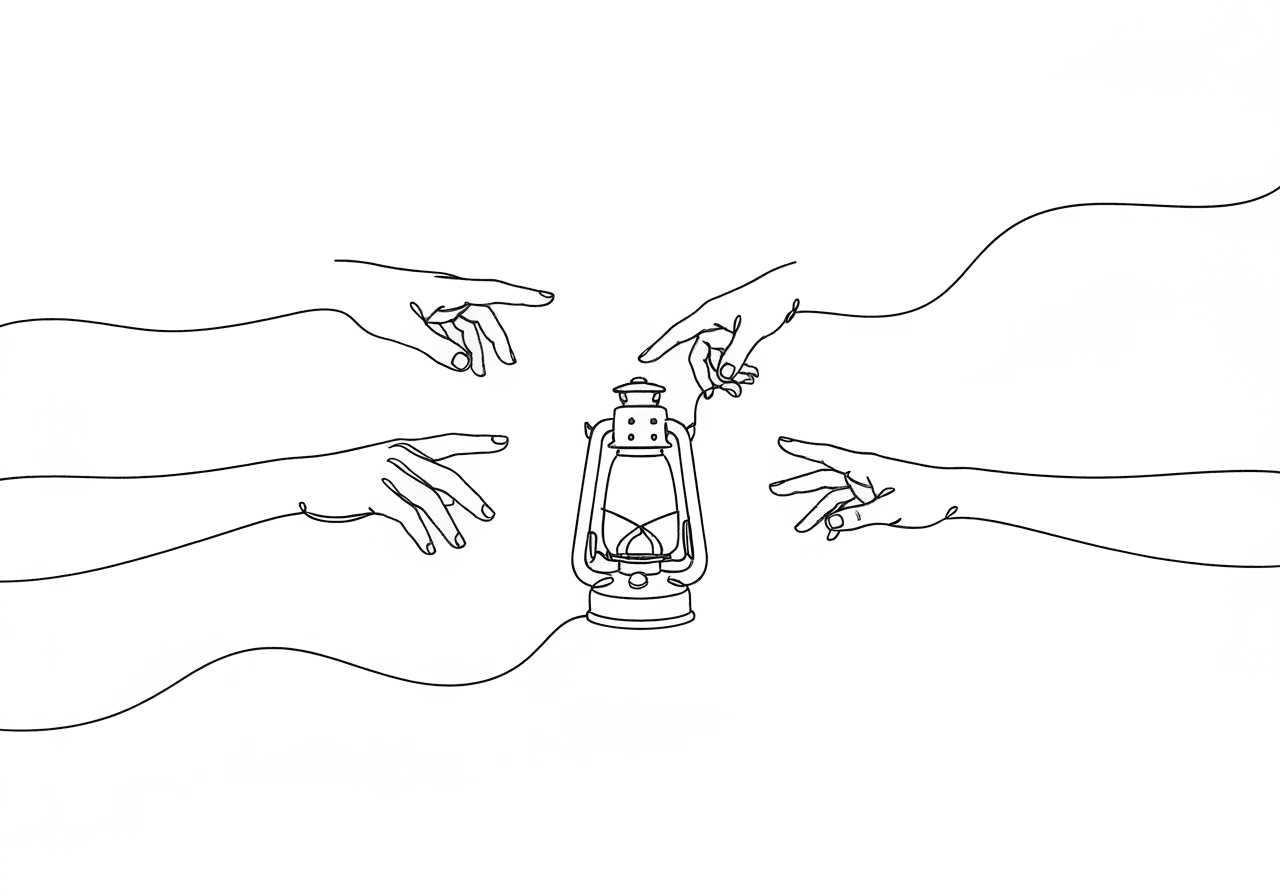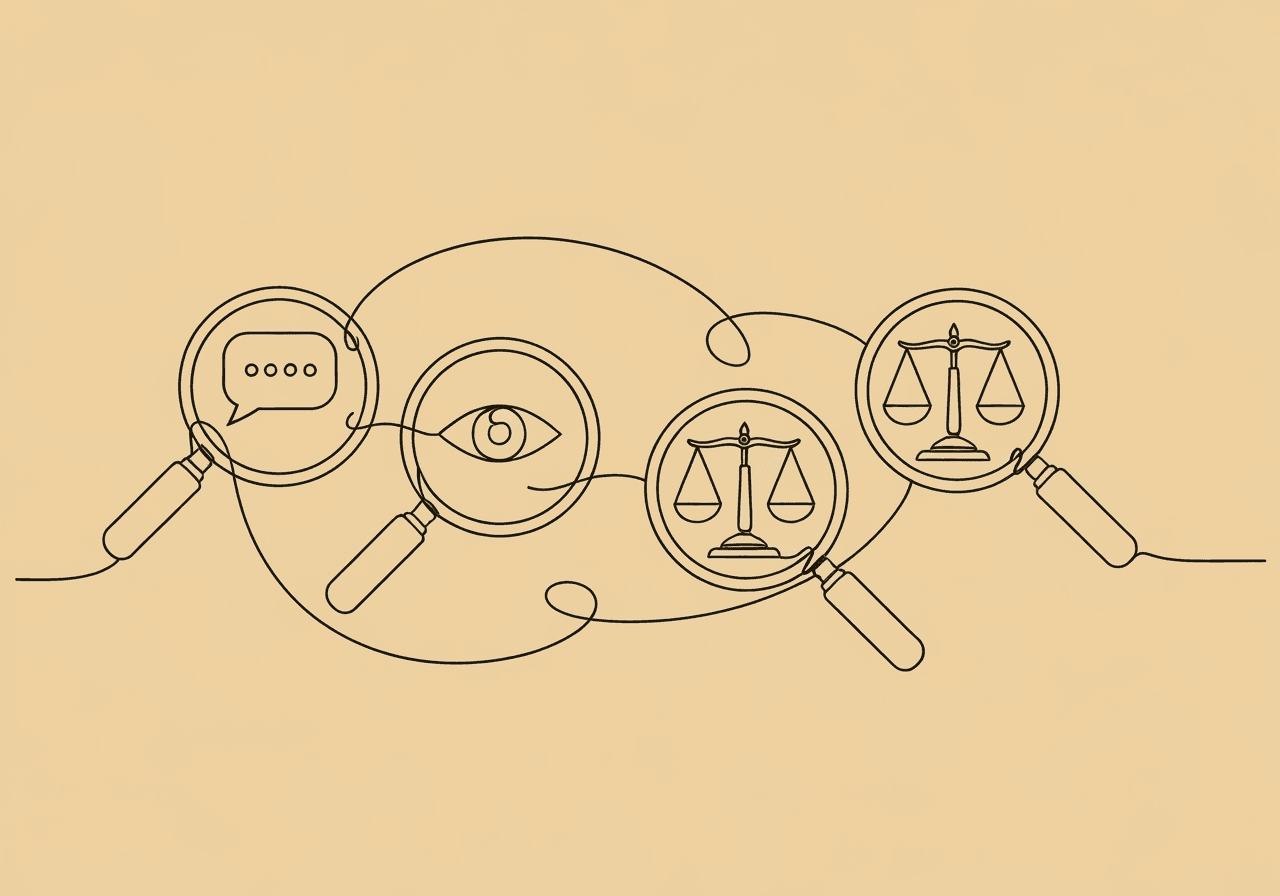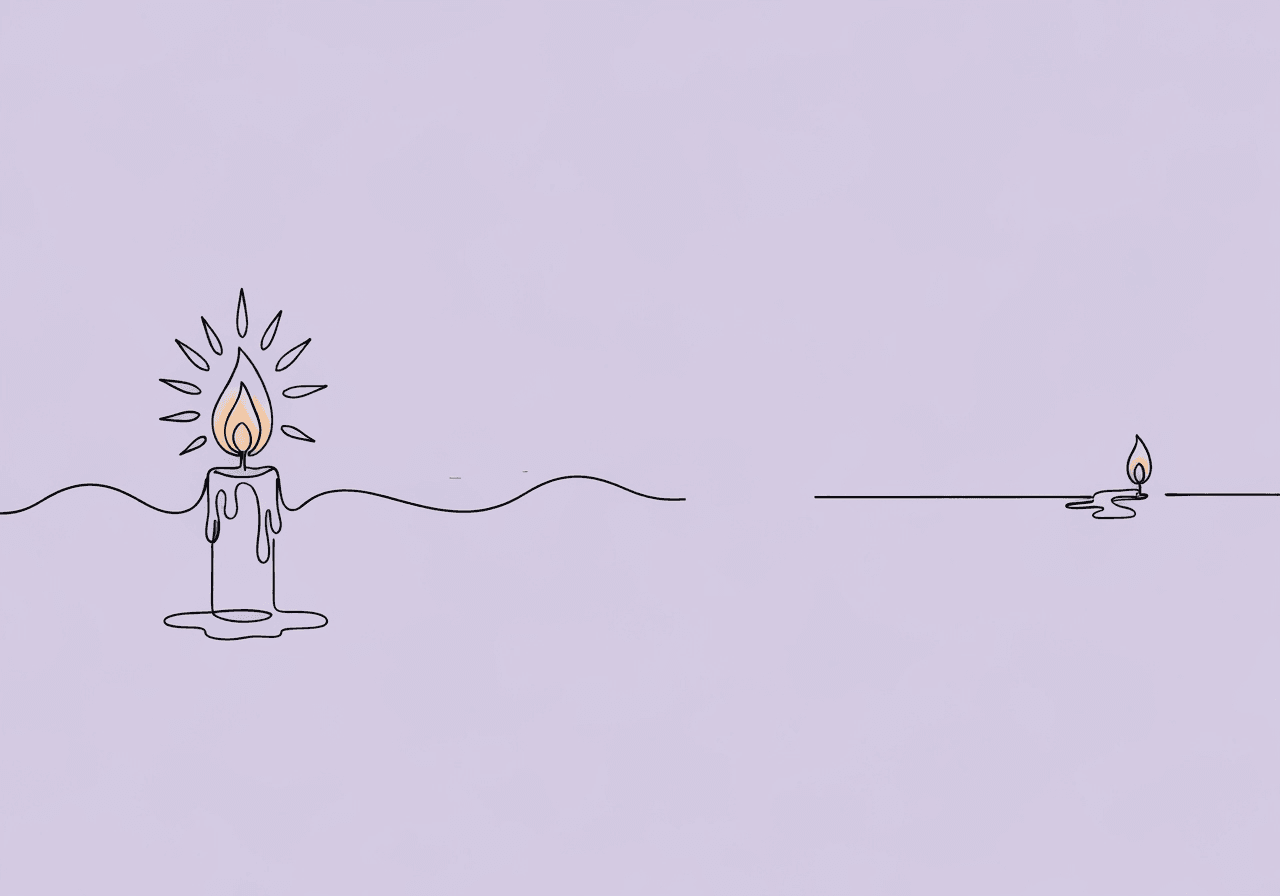Topography vs Function of Behavior: Key Differences

In ABA therapy, separating the what from the why of a client's behavior is key to creating change. For BCBAs, understanding the topography vs. function of behavior is vital for ethical, evidence-based practice. Topography describes what a behavior looks like, while function reveals its purpose. This distinction helps you address root causes, not just symptoms.
Here's what you'll learn:
- The difference between a behavior's form (topography) and its purpose (function).
- The four main functions of behavior: Sensory, Escape, Attention, and Tangible (SEAT).
- Why function is more important than topography for creating effective interventions.
- How to write both topography-based and function-based definitions for documentation.
What is the Topography of Behavior?
The topography of behavior is its physical form—what it looks like and sounds like. It includes measurable aspects like how often it happens, how long it lasts, and its intensity. According to the Pacific Autism Center for Education (PACE), topography is the "measurable and malleable dimension of behavior." It focuses on objective descriptions without guessing the intent.
For example, the topography of a tantrum might be "crying, falling to the floor, and kicking feet." These details are great for initial observations and help team members collect data consistently. However, relying on topography alone misses the reason for the behavior.
What is the Function of Behavior?
The function of behavior is the why—the reason it occurs. It's about what the person gets out of doing it. Understanding the function is the main goal of a functional behavior assessment (FBA). The Behavior Analyst Certification Board (BACB) highlights that identifying function with tools like ABC analysis is necessary to avoid misguided interventions.
A behavior's function isn't about its form but its effect on the environment. For instance, a client might bang their head (topography) to get sensory input (function). Knowing this lets a BCBA find a safer way for the client to get the same sensory feeling. A function-based definition might be: "Head-banging is any instance of the head making forceful contact with a surface, which occurs when no demands are present and is likely maintained by automatic reinforcement."
What are the Four Primary Functions of Behavior?
In ABA, most behaviors can be sorted into four functions, easily remembered with the acronym SEAT.
- Sensory/Automatic: The behavior itself feels good. It's not about getting a reaction from others. Examples include humming, rocking, or hand-flapping that provide self-stimulation.
- Escape/Avoidance: The behavior helps the person get out of something they don't like. This could be refusing a task, running from a noisy room, or avoiding a social situation.
- Attention: The behavior is done to get a reaction or social interaction from someone else. Yelling out in class might be a way to get the teacher's attention, even if it's negative.
- Tangible: The behavior is aimed at getting a specific item or activity. A child might cry or pull on a parent's arm to get a toy or a snack.
Sometimes, a single behavior can serve more than one function. A thorough FBA is needed to figure out the primary driver. This framework is a cornerstone of ABA and helps create targeted replacement behaviors, like teaching someone to use a "break card" instead of acting out to escape a task.
Why Function Matters More Than Topography for Interventions
While topography tells you what you're looking at, function tells you what to do about it. Interventions based only on topography often fail. For example, punishing all instances of "hitting" might not work if one child hits for attention and another hits to escape a task. You might accidentally reinforce the behavior.
Prioritizing function leads to function-based interventions, like differential reinforcement of alternative behaviors (DRA). If a client uses aggression to get attention, you can teach them to say "excuse me" instead. Implementing function-based interventions has been shown to create positive outcomes. According to a review by the What Works Clearinghouse, Functional Behavioral Assessment-based Interventions have a strong evidence base for improving behavior.
Topography-Based vs. Function-Based Definitions in Documentation
In your ABA paperwork, it's important to use both topography-based and function-based definitions. A topography-based definition is purely descriptive: "Screaming is any vocalization louder than a normal conversational volume that lasts for more than three seconds." It's objective but lacks context.
A function-based definition adds the purpose: "Screaming (tangible function) is any vocalization louder than conversational volume that occurs after being denied access to a preferred item." This approach connects the behavior to your FBA hypothesis and justifies your intervention plan. BCBAs should use topography for initial definitions and add function for complete, audit-ready reports.
| Aspect | Topography-Based Definition | Function-Based Definition |
|---|---|---|
| Focus | Observable form (what it looks like) | Purpose/reinforcement (why it occurs) |
| Example | "Hitting: Open-hand contact with a peer's arm." | "Hitting: Open-hand contact with a peer's arm to gain attention." |
| Strengths | Objective, easy to measure, reliable for data collection. | Guides targeted interventions and helps reduce problem behavior. |
| Use | Initial observations, data sheets. | FBAs, BIPs, progress reports. |
| Source | PACE | BACB Ethics Code |
Frequently Asked Questions
What are the four functions of behavior in ABA?
The four functions are Sensory (automatic), Escape (avoidance), Attention, and Tangible (access to items). As noted by Brighter Strides ABA, they help BCBAs understand the root cause of behaviors.
Can a behavior serve multiple functions?
Yes. A tantrum could be for both escape from a task and attention from a parent. This is why a detailed FBA is so important to figure out the primary function.
What are common challenges in identifying a behavior's function?
Challenges include observer bias, functions that change across different settings, and behaviors that are automatically reinforcing. Combining indirect methods like interviews with direct observation improves accuracy, as supported by decades of research. A 40-year review of functional analysis highlights the effectiveness of these assessment methods.
How does understanding function improve intervention strategies?
Function-based strategies focus on teaching a replacement behavior that serves the same purpose. This approach is more effective because it addresses the client's underlying need, leading to more sustainable change.
What tools assess the function of a behavior?
Common tools include indirect assessments (like rating scales), descriptive assessments (like ABC data collection), and experimental functional analyses. It's best practice to start with the least intrusive methods, like observation, before moving to experimental analysis.
To wrap things up, understanding the topography vs. function of behavior helps BCBAs create effective, function-driven strategies. While topography provides the "what," the function gives you the "why." This knowledge is your key to designing personalized interventions that align with ethical standards and lead to better client outcomes.
Popular in Behavior Analysis Concepts
- 1
ABA Prompting Hierarchy & Prompt Fading: RBT How-To Guide with Examples
6787 min read - 2
Functional Behavior Assessment ABA: Complete 2025 Guide [Step-by-Step]
5866 min read - 3
DRA vs DRI vs DRO vs DRL: The Clear RBT Comparison Guide
5849 min read - 4
Partial Interval vs Whole Interval vs MTS: ABA Guide
4246 min read - 5
Master IOA Formulas and Methods for Data Integrity
4038 min read
Popular in Behavior Analysis Concepts
- 1
ABA Prompting Hierarchy & Prompt Fading: RBT How-To Guide with Examples
6787 min read - 2
Functional Behavior Assessment ABA: Complete 2025 Guide [Step-by-Step]
5866 min read - 3
DRA vs DRI vs DRO vs DRL: The Clear RBT Comparison Guide
5849 min read - 4
Partial Interval vs Whole Interval vs MTS: ABA Guide
4246 min read - 5
Master IOA Formulas and Methods for Data Integrity
4038 min read
Related Resources
Explore more helpful content on similar topics

ABA Verbal Operants Definitions: Mand, Tact & More
Discover ABA verbal operants definitions: mand, tact, intraverbal, and echoic. Explore controlling variables, practical examples, and quick reference tips to distinguish them. Essential guide for RBTs and BCBAs.

FBA Procedures Definitions in ABA: Essential Guide
Master FBA procedures definitions in ABA with this essential guide. Explore indirect assessments via interviews, descriptive observations with ABC data, and functional analysis manipulations, plus a handy comparison table for BCBAs.

ABA Extinction Concepts: Essential Glossary for RBTs
Master ABA extinction concepts with this essential glossary for RBTs. Discover definitions of extinction burst, spontaneous recovery, and resistance to extinction, with practical examples and documentation tips to boost your skills.